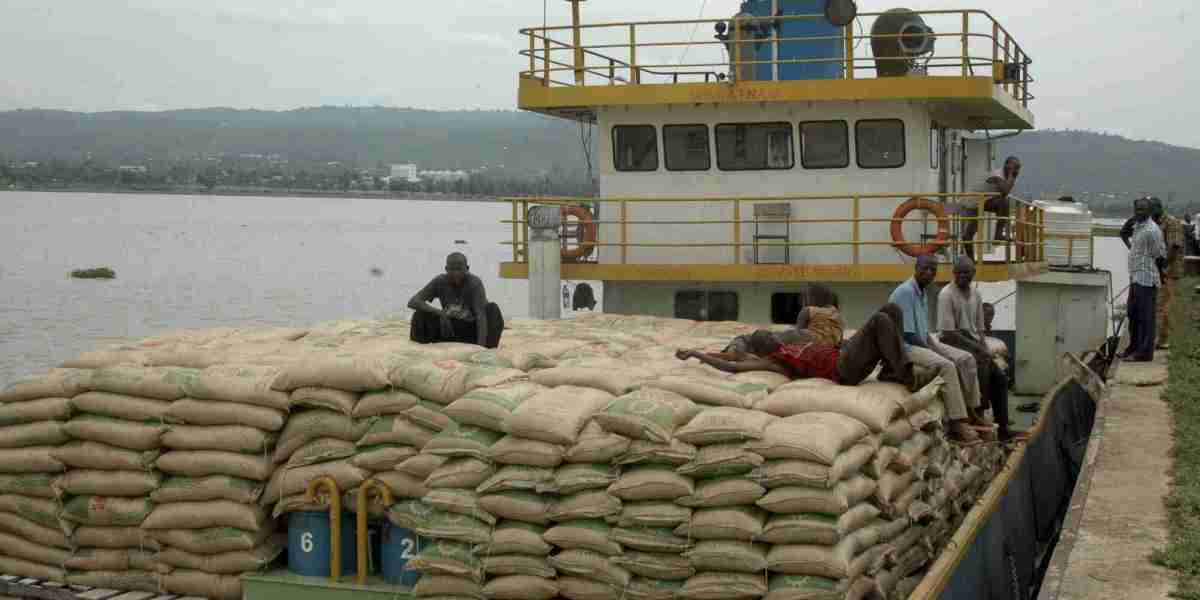
According to the central bank, the volume of sugar exports dropped from 229,723 tonnes in the year ending December 31, 2022, to 99,283 tonnes in 2023. The industrial earnings also fell to their lowest — from 163.75 million to 75.79 million — during the same period.
The three main export markets are Kenya, Tanzania and Burundi, and millers say the shrinking Kenya market for Uganda’s sugar is a big blow to the industry.
“Kenya is Uganda’s biggest regional sugar export market, but the country currently has shifted its preference to imported duty-free sugar,” Jimmy Kabeho, chairman of Uganda Sugar Manufacturers Association said.
Mr Kabeho said when the duty-free sugar lands in Kenya, large chunck of it is smuggled through porous border points near Malaba, Busia, and Lwakhakha into Uganda.
“This distorts the market, as the price of the dumped sugar is lower,” he said.
Total output in 2022 reached 600,000 metric tonnes, with Kakira Sugar Ltd, the country’s top producer, accounting for half the production.
Read: Kenya exports to Uganda drop as rest of EAC soar
The millers say domestic market sales have also been affected by the smuggled sugar, resulting in a build-up in stock.
This has forced them to cut production in the short term. The millers, who used to pay Ush230,000 ($59.2) for a tonne of sugarcane in February this year, are now buying it at Ush160,000 ($41.2).
Cane farmers say they cannot break even in the face of high costs of production. To break even, they need to be paid $43.7 per tonne.
Commissioner of Customs at the Uganda Revenue Authority (URA) Abel Kagumire said sugar millers have not shared the smuggling information with tax enforcers for action.
“For the past three months, URA has not intercepted any consignment of smuggled sugar through Malaba and Busia borders,” he said.
But information from the URA indicates that in February, 254 cartons of wheat flour, 19 bags of sugar, 148 boxes of soap, 24 boxes of Colgate herbal toothpaste, and four boxes of Bic pens smuggled from Kenya were intercepted.




